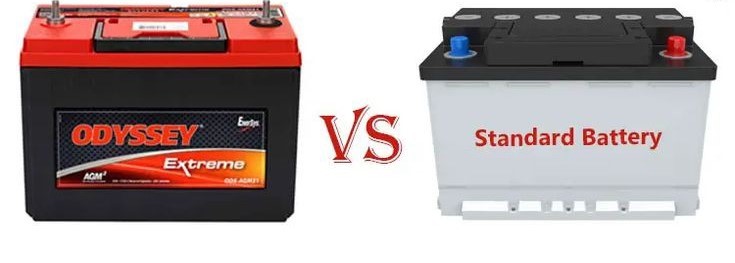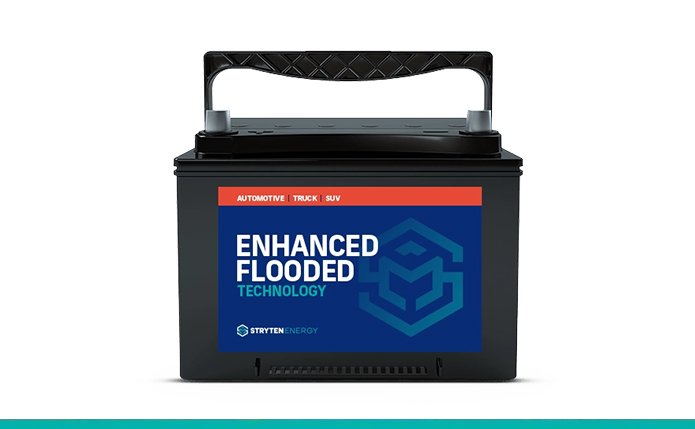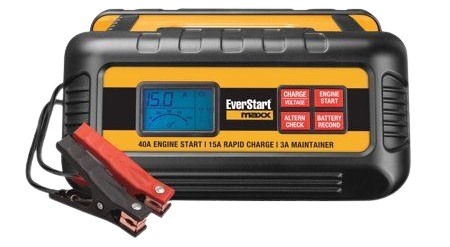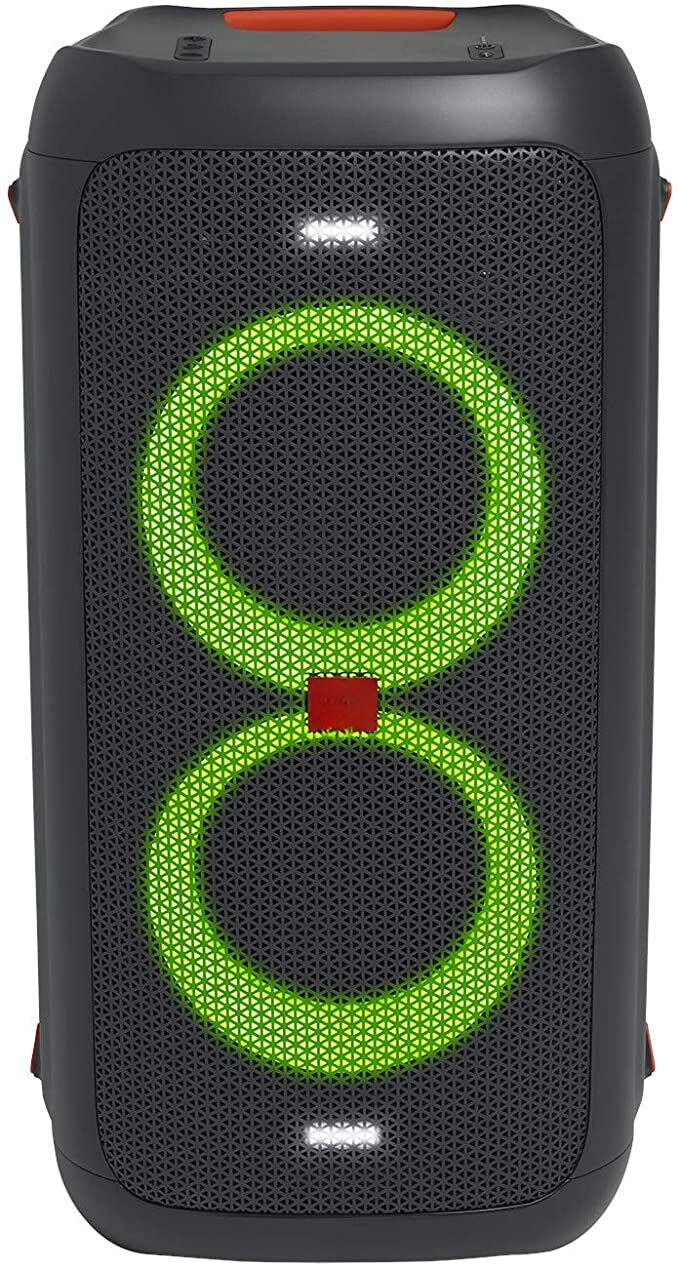Battery Charging System
Contents
- 1 Battery Charging System
- 2 Understanding the Importance of a Reliable Battery Charging System
- 3 Types of Batteries and Battery Charging System
- 4 Signs of a Failing Battery Charging System
- 5 Battery Maintenance Tips to Prolong Lifespan
- 6 The Role of Alternators in the Battery Charging System
- 7 Battery Charging System: From Plug-In to Wireless
- 8 DIY Battery Charging System Troubleshooting
- 9 Choosing the Right Battery Charging System
- 10 Environmental Impact and Battery Charging
- 11 Future Innovations in Battery Charging System
- 12 Conclusion
- 13 FAQ:
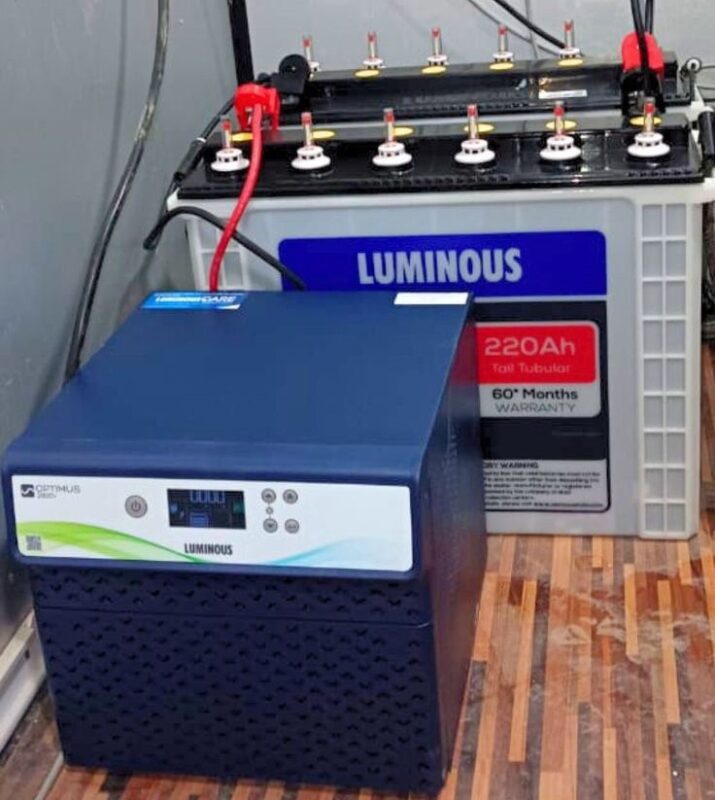
In our increasingly digital world, where devices are an integral part of our daily lives, understanding how the battery charging system works and how to maintain it is essential. Whether you’re charging your smartphone, powering an electric vehicle, or using a cordless drill, the efficiency and reliability of your battery charging system can make a significant difference in your daily routine. In this comprehensive guide, we’ll delve into the world of battery charging systems, covering everything from the types of batteries to the latest innovations in battery charging technology.
Understanding the Importance of a Reliable Battery Charging System
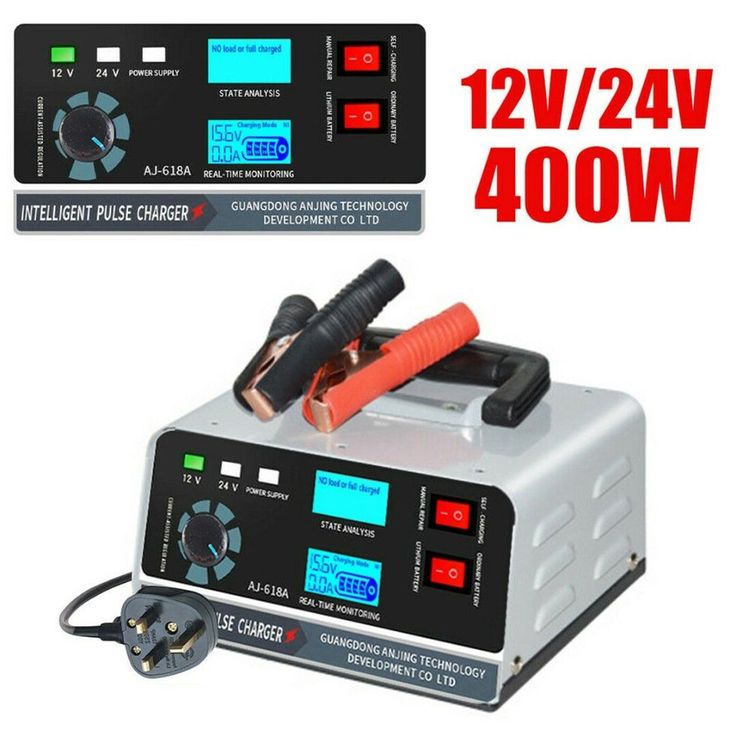
Our reliance on batteries has grown exponentially over the years. We use batteries in a wide range of applications, from powering our portable devices like smartphones and laptops to propelling electric vehicles that are helping to reduce our carbon footprint. A reliable battery charging system is the backbone of these technologies.
A robust battery charging system ensures that our devices and vehicles remain functional, efficient, and safe. It plays a vital role in extending the lifespan of batteries and preventing potential hazards, such as overcharging and overheating. To grasp the importance of a battery charging system, let’s explore its various facets.
Types of Batteries and Battery Charging System
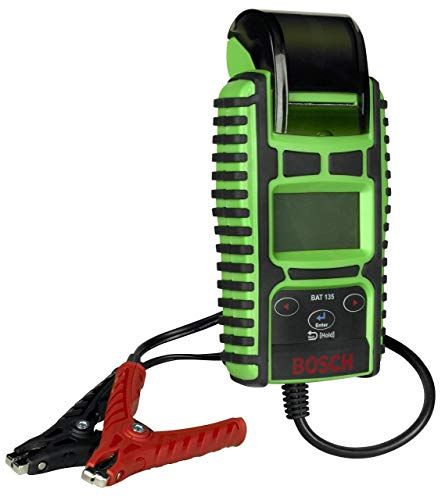
Batteries come in diverse types, each with its unique characteristics and requirements. Understanding the different battery chemistries and their charging systems is the first step in ensuring your devices and vehicles are powered effectively.
Lead-Acid Batteries:
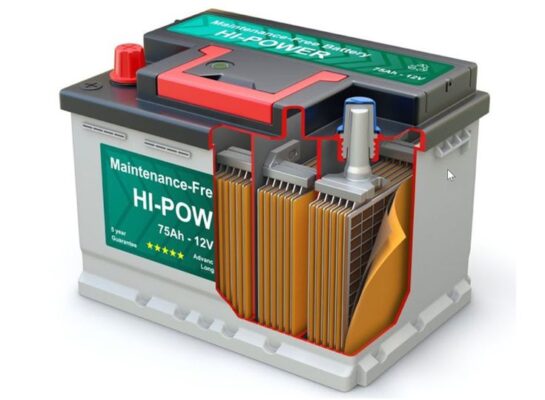
Commonly found in cars and uninterruptible power supplies (UPS), lead-acid batteries are known for their reliability. Charging these batteries involves a simple process that is well-suited to their chemistry.
Lithium-Ion Batteries:
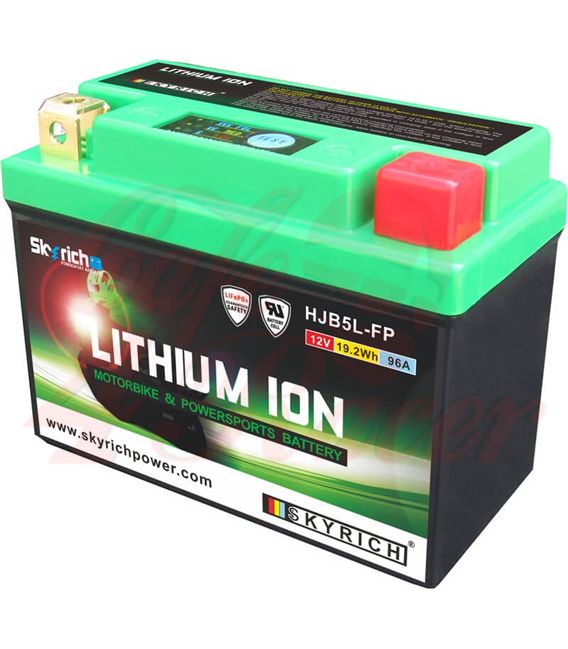
Widely used in smartphones, laptops, and electric vehicles, lithium-ion batteries offer high energy density. Their charging systems are more complex, requiring specialized chargers to maintain safety and efficiency.
Nickel-Metal Hydride (NiMH) Batteries:

NiMH batteries are commonly used in cordless phones and hybrid vehicles. Their characteristics fall between lead-acid and lithium-ion batteries, and their charging systems reflect this balance.
Each type of battery has unique charging requirements, and using the wrong charging system can lead to reduced battery life and, in some cases, safety issues. It’s essential to match the charger with the battery type to ensure optimal performance.
Signs of a Failing Battery Charging System

A failing battery charging system can cause frustration and inconvenience. Recognizing the signs of trouble can help you address issues promptly and prevent potential disasters. Here are some common warning signs:
Slow Charging:
If your device or vehicle takes much longer to charge than it used to, it might be a sign of a failing battery charging system.
Overheating:
Excessive heat during charging can damage the battery and even pose a fire risk. If you notice your device or vehicle getting unusually hot during charging, it’s time to investigate.
Intermittent Charging:
If your battery charges inconsistently or the charging process frequently stops and starts, it could indicate a problem with the charging system.
Inaccurate Battery Level Readings:
When your device or vehicle displays incorrect battery level readings, it can indicate a faulty battery or charging system.
Physical Damage:
Visible damage to the charging port, cable, or connectors can lead to charging problems.
Addressing these warning signs promptly can help avoid more extensive issues and costly repairs. Sometimes, the problem might be as simple as cleaning a dirty charging port or replacing a worn-out cable.
Battery Maintenance Tips to Prolong Lifespan
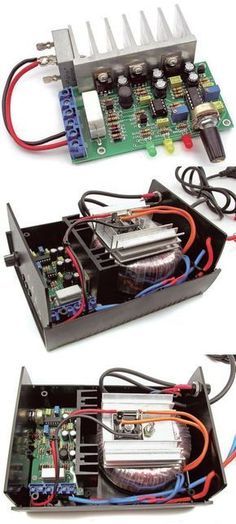
Proper battery maintenance can significantly extend the life of your batteries. Whether you’re dealing with a smartphone battery or the battery of a hybrid car, these tips can help:
Regular Usage:
Batteries, especially lithium-ion, benefit from regular use. If you have spare batteries, use them in rotation to prevent degradation.
Avoid Extreme Temperatures:
High temperatures can accelerate battery aging, while low temperatures reduce battery performance. Store and operate your devices within the recommended temperature range.
Store Batteries Properly:
If you need to store batteries for an extended period, ensure they are charged to around 50% and kept in a cool, dry place.
Use Manufacturer-Approved Chargers:
Always use chargers recommended by the device or vehicle manufacturer. This ensures compatibility and safety.
Unplug When Fully Charged:
Overcharging can be detrimental to battery health. Most modern devices are designed to stop charging when the battery is full, but it’s still a good practice to unplug them once fully charged.
Keep Contacts Clean:
For devices with removable batteries, periodically clean the battery contacts to ensure a good connection.
By following these simple maintenance tips, you can help prolong the lifespan of your batteries and maintain their efficiency over time.
The Role of Alternators in the Battery Charging System
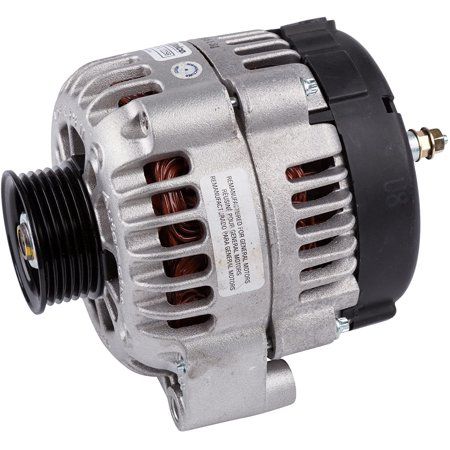
In vehicles, the battery charging system is more complex than in portable devices. The key component responsible for generating electrical power is the alternator. An alternator is a device that converts mechanical energy, usually from the engine, into electrical energy to charge the battery and power the vehicle’s electrical systems.
The alternator consists of a rotor and a stator. As the engine runs, the rotor spins within the stator, creating a magnetic field that induces electrical current in the stator windings. This current is then rectified to direct the flow of electrical energy into the battery. The alternator not only charges the battery but also powers the vehicle’s electrical components, including the lights, radio, and air conditioning.
Regular maintenance of the alternator is essential to ensure it functions correctly. Issues with the alternator can lead to a dead battery and leave you stranded if you notice warning signs.
Battery Charging System: From Plug-In to Wireless
Plug-In Battery Chargers:
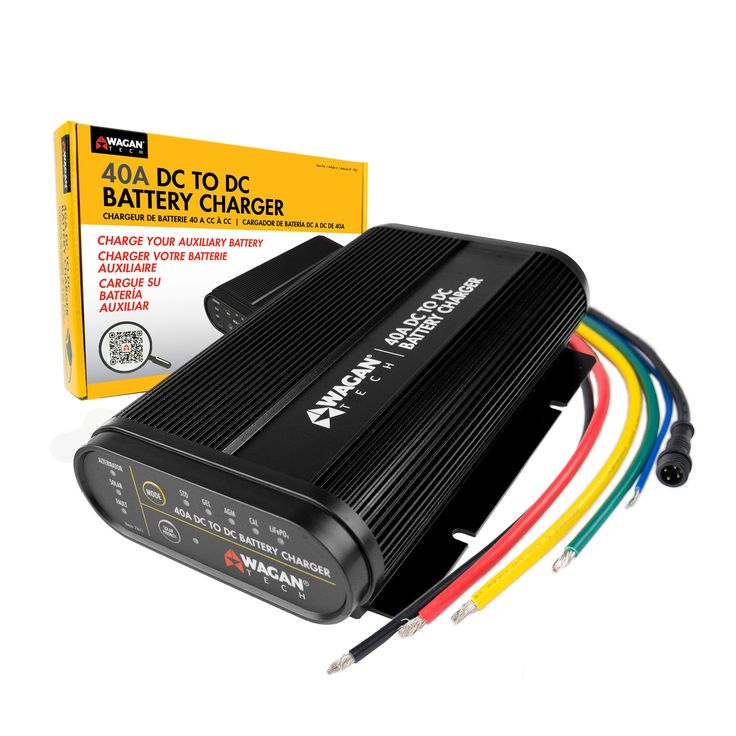
These chargers connect to a power source through a cable and require a physical connection to your device or vehicle. They are reliable and widely used for various devices. Just plug them in, and they do the job efficiently.
Wireless Battery Chargers:
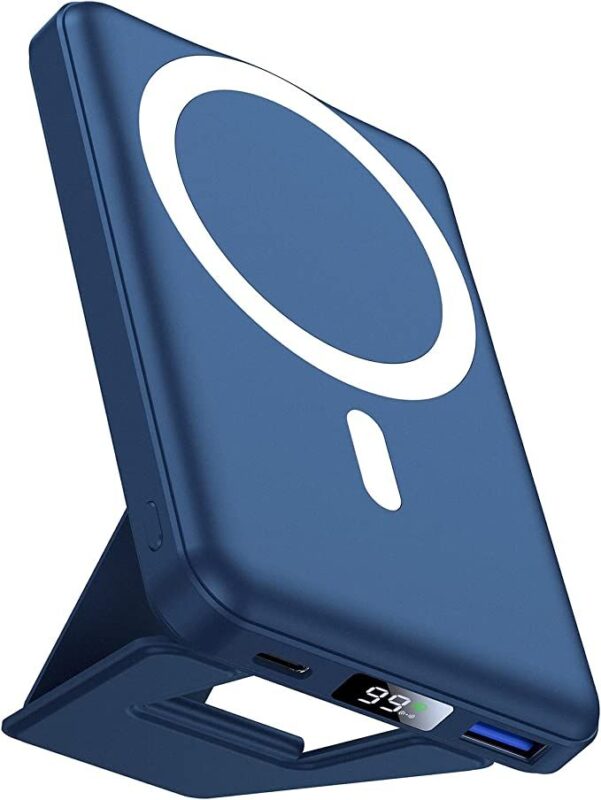
These chargers offer convenience as they don’t need cables. They use electromagnetic fields to transfer power to your device or vehicle. Place your device on the charger, and it starts charging wirelessly. While convenient, plug-in chargers might charge slower than they are, but they are great for easy, cord-free charging.
DIY Battery Charging System Troubleshooting

When your battery charging system acts up, you only sometimes need a professional. You can troubleshoot some common issues on your own. Start by checking the charging cable, ensuring it’s not damaged or dirty. If your device isn’t charging, try a different cable. Clean the charging port to remove dust and debris, which can hinder the connection. Restart your device or vehicle, as sometimes a software glitch can cause charging problems. If you still have issues, consult your device’s manual for specific troubleshooting steps. These simple DIY steps often resolve charging issues without needing professional help.
Choosing the Right Battery Charging System
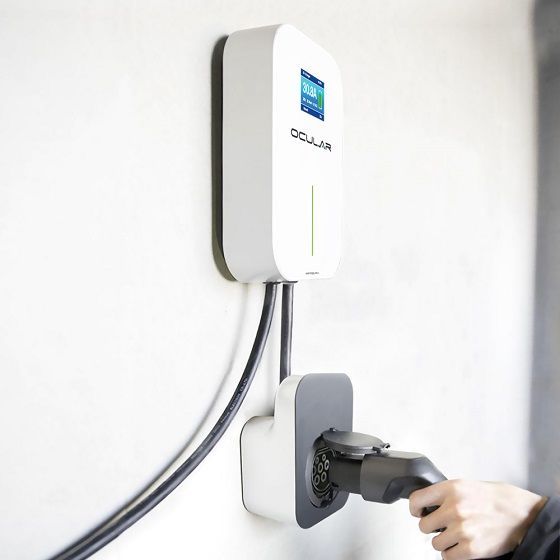
Selecting the correct battery charger is crucial for efficient and safe charging. Consider factors like the battery type, voltage, and capacity your charger needs to support. Make sure the charger is compatible with your device or vehicle. Look for safety features, such as overcharge protection, to prevent damage. High-quality, manufacturer-recommended chargers are usually the best choice. Cheap alternatives may not provide the necessary safeguards and could damage your battery. When in doubt, opt for trusted brands and models to ensure a reliable and safe charging experience. Making the right choice can extend your battery’s life and keep your devices working smoothly.
Environmental Impact and Battery Charging
The way we charge our batteries can affect the environment. Using eco-friendly charging methods, like solar chargers, can reduce our carbon footprint. Also, recycling old batteries instead of tossing them in the trash helps prevent toxic chemicals from polluting the environment. Energy-efficient chargers are another way to lessen our impact. They use less power and are better for the planet. By being mindful of how we charge our batteries, we can make a positive difference and contribute to a cleaner and greener future. So, consider the environment when you charge your batteries and choose eco-friendly options.
Future Innovations in Battery Charging System
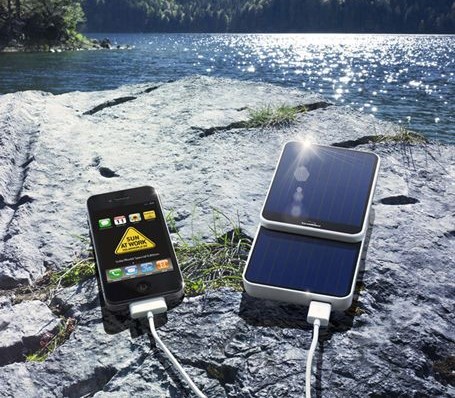
The future of battery charging holds exciting possibilities. Researchers are working on super-fast chargers to power up your devices in minutes. Wireless charging technology is advancing, making it even more convenient and efficient. Solar-powered chargers will become more common, harnessing the sun’s energy to charge batteries. Additionally, there’s a focus on making chargers more compact and portable. As technology evolves, we can look forward to a world where charging our devices is not only faster but also more sustainable and convenient. Stay tuned for these innovations that promise to make our lives more connected and eco-friendly.
Conclusion
In a world powered by batteries, understanding your battery charging system is crucial. Whether using a plug-in or wireless charger or troubleshooting issues alone, it’s all about ensuring your batteries stay healthy and your devices work smoothly.
Choosing the proper charger, being eco-conscious in your charging habits, and embracing future innovations can enhance your battery experience and reduce environmental impact. As we move toward faster, more efficient charging methods and portable, sustainable solutions, the future of battery charging looks promising. Stay informed and make the most of your battery charging system for a brighter, more connected future.
FAQ:
Q1. What is a Battery Charging System (BCS)?
A Battery Charging System (BCS) is a device or set of equipment designed to recharge batteries efficiently. It controls the flow of electrical energy from a power source (like an electrical outlet or solar panel) to the battery, ensuring it receives the correct voltage and current for safe and effective charging.
Q2. What types of batteries can be charged with a Battery Charging System?
A Battery Charging System can be designed to charge various types of batteries, including lead-acid, lithium-ion, nickel-cadmium, and more. Different BCS models may have specific settings or modes tailored to the requirements of different battery chemistries.
Q3. How can I choose the right Battery Charging System for my needs?
To select the right BCS, consider the following:
Battery Type: Ensure the BCS is compatible with the type of battery you have (e.g., lead-acid, lithium-ion).
Voltage and Current Ratings: Match the BCS specifications to your battery’s requirements.
Application: Choose a BCS suitable for your specific use (e.g., automotive, marine, industrial).
Safety Features: Look for overcharge protection and automatic shut-off for added safety.


